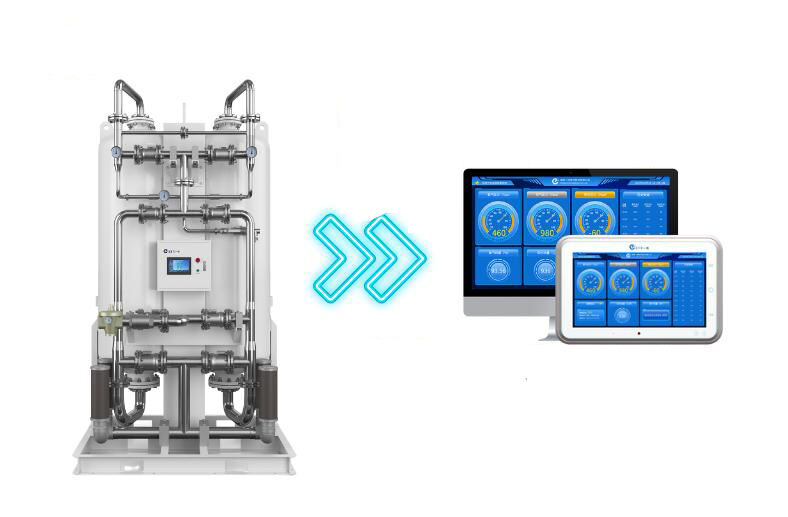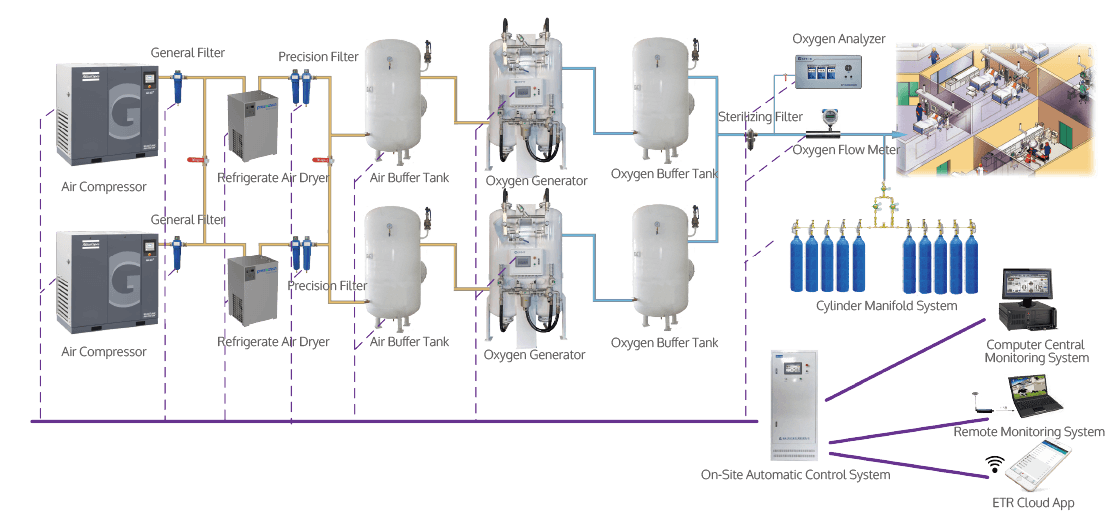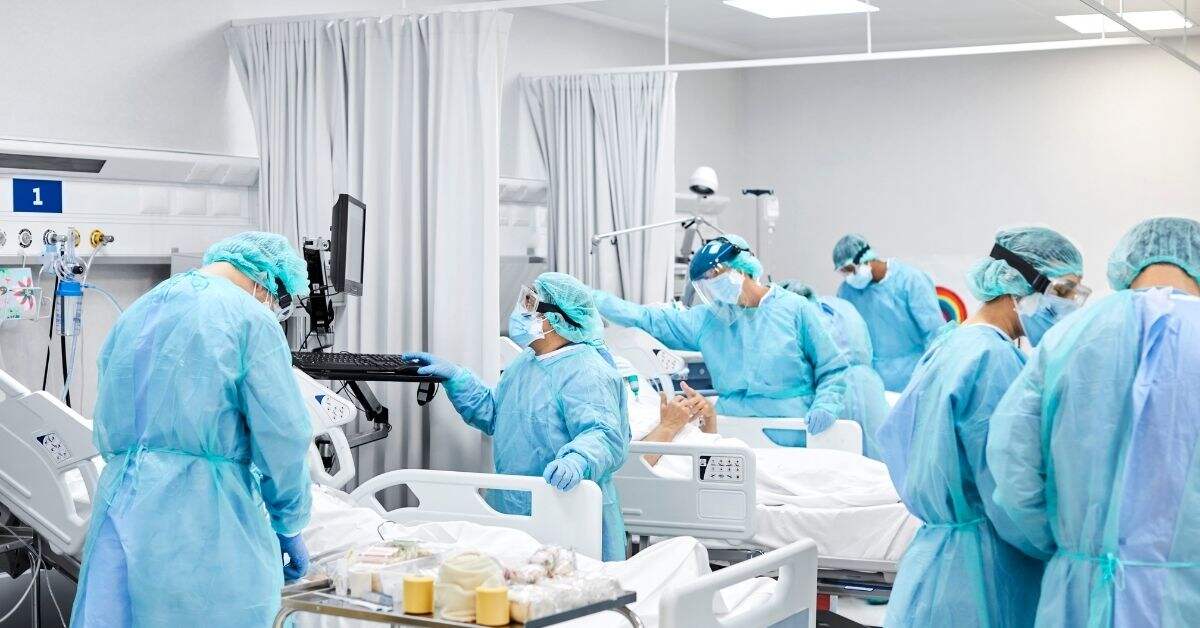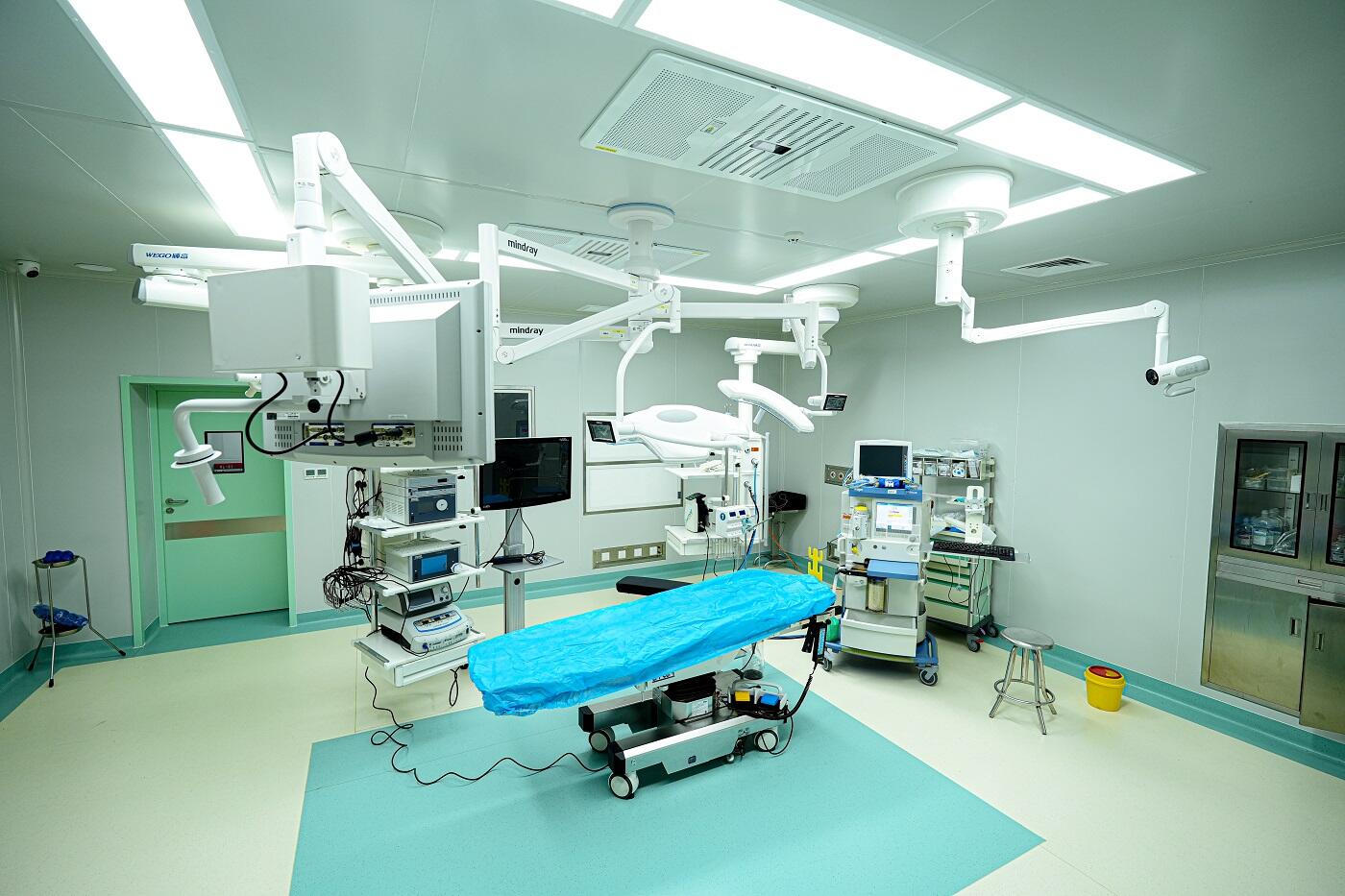The oxygen intake for patients in ICUs and the breathing support during surgeries all depend on how well the hospital's oxygen production system works. Think of it as something constantly working behind the scenes, taking regular air and turning it into that vital supply of oxygen that keeps people alive when they need it most. Modern hospitals are really relying on these systems to fight against low oxygen levels in critical situations, making sure patients get the respiratory support they desperately require during medical emergencies.
Core position: Revolution from steel cylinder transportation to "oxygen water pipe"
The evolutionary history of the speed of life and death
The era of steel cylinders (before the 1980s): Industrial oxygen was the main source, containing impurities such as carbon monoxide and dust. Inhalation by patients could easily cause coughing and even pulmonary edema.

Centralized oxygen supply systems emerged in China around 1983 when hospitals began installing pipeline networks that brought oxygen straight to patient wards. No more struggling with heavy steel cylinders up hospital stairs. The change made a huge difference too, boosting efficiency roughly threefold compared to old methods. Fast forward to the 2020s and we see another leap forward with pressure swing adsorption oxygen concentrators paired with internet of things monitoring technology. These smart systems now distribute oxygen exactly when needed, down to fractions of a percent accuracy. Hospitals report practically no errors anymore, which means better care for patients and fewer wasted resources for staff managing supplies.

Most modern hospitals have three essential systems built right in. First up is the central oxygen supply, which delivers at least 90% pure oxygen when patients need it most. Then there's the central suction system that creates negative pressure to suck out things like sputum and surgical waste during procedures. And finally, compressed air systems power those critical machines we all hope never to see firsthand - ventilators and anesthesia equipment. Looking at actual numbers paints an interesting picture too. Tertiary hospitals go through over 5000 cubic meters of oxygen every day. To put that into perspective, imagine filling two full-sized swimming pools with just oxygen! That's quite a demand on these vital hospital systems.
Core technology: how to "extract" essence of air from PSA oxygen generator
Four step separation technique: transformation from air to medical oxygen

Molecular sieve sniper battle: Nitrogen molecules (3.64 Ã…) are captured by zeolite micropores, while oxygen molecules (3.46 Ã…) penetrate and output.
Aseptic defense line: The sterilization membrane intercepts 99.99% of bacteria, preventing respiratory infections.
• Safety redundancy design: Triple insurance without oxygen interruption
Efficiency showdown: Why does PSA oxygen concentrator crush liquid oxygen/steel cylinders?
Looking at the economics of different oxygen supply options reveals some interesting cost differences. PSA oxygen generators are quite efficient electrically, consuming roughly 1.2 yuan per cubic meter of electricity. Liquid oxygen systems have a higher initial cost at around 3.2 yuan per cubic meter, plus there's the added complexity of needing certified personnel for daily operations and maintenance. Then we get to gas cylinders, specifically the 40 liter ones commonly used in places like Changsha where they typically cost about 25 yuan each. But here's the catch – these cylinders aren't fully utilized since most facilities can only extract about 70% before having to replace them, which means wasting oxygen left behind due to residual pressure requirements. Of course, these figures should be taken with a grain of salt as actual market prices often fluctuate depending on procurement project specifications and regional pricing constraints.
Clinical battlefield: life span from ICU to high-altitude outpost
Intensive Care Unit (ICU)
ECMO oxygen supply: The oxygen production system provides 99.5% pure oxygen to the extracorporeal membrane lungs, reducing the risk of blood infections;
Premature infant incubator: Moist constant temperature oxygen (33 ℃± 1 ℃, humidity 60%) protects the alveoli of newborns.

Emergency treatment at high altitudes becomes critical when operating above 5000 meters elevation. Posts at these heights typically feature specialized PSA oxygen concentrators designed specifically for low-pressure conditions. These advanced systems maintain an impressive 90% oxygen concentration level, compared to standard equipment which barely hits 70%. When it comes to mobile solutions, there's something called a vehicle-mounted oxygen system that can provide breathable air for around 30 minutes straight. This proved incredibly valuable during the Wenchuan earthquake where such systems helped save approximately 100 lives. The ability to quickly deploy oxygen in remote locations makes all the difference in survival rates for those suffering from altitude sickness or other emergencies at extreme elevations.
Operating Room 'Oxygen Storm'

Open chest surgery: instantaneous oxygen demand reaches 100L/min, with dual supply of liquid oxygen storage tank and PSA;
Laser surgery: High purity oxygen assisted laser knife, with an error of less than 0.5%, can avoid tissue burns.
Hospital grade oxygen systems really are something special when we think about how they combine old school cryogenics with those modern molecular sieve technologies. There's also this quiet connection happening behind the scenes between all these machines and actual patient lives. The system has what they call a triple oxygen backup just to make sure nothing goes wrong at the most basic level. And let's not forget about that tiny 0.22 micrometer filter that stops anything dangerous from getting through. Three key stats everyone should remember: First, the standard for medical oxygen needs to hit around 90% purity. Second, pressure shouldn't ever go above 8 atmospheres because that gets risky fast. Lastly, if there's any kind of problem, the system needs to react within a tenth of a second or patients could be in serious trouble.



